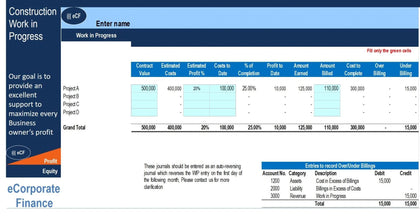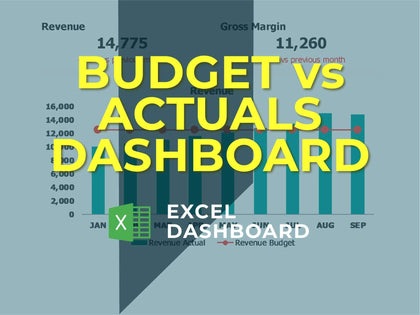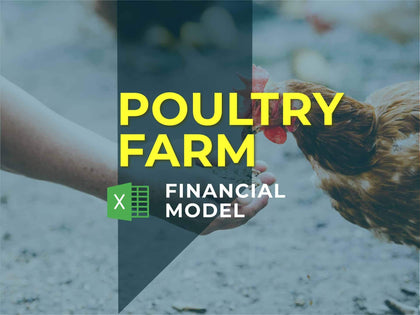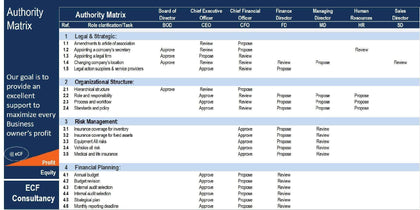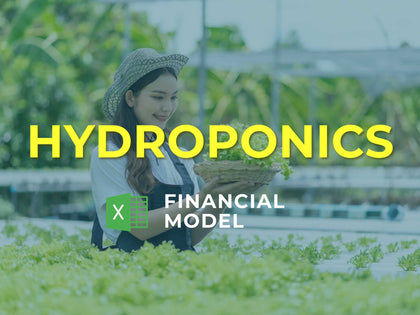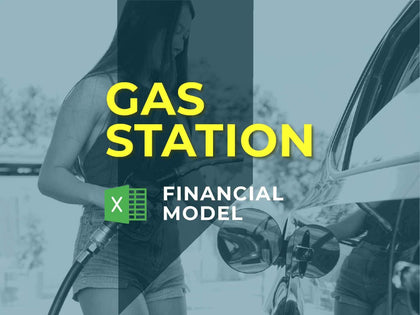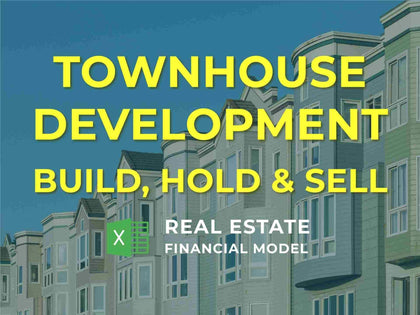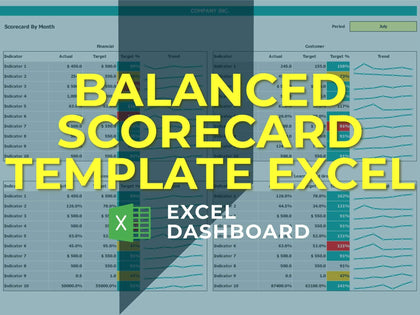Real Estate Condo Development Model - With Pre-sold units
This is a fully functional, institutional quality and dynamic real estate Development Financial Model, which will allow the user to get a solid understanding of the financial feasibility of a for-sale condominium project.
The model features a robust development schedule, allowing the user to accurately model the project development from start to finish, additionally the template provides an IRR-based waterfall and a Dashboard Summary type tab makes it easy to present to investors.
Model Options:
•Dynamic Monthly & Annual Cash Flow: To calculate the key investment metrics needed to determine the feasibility of the project, the cash flows are projected in a monthly base;
•Dynamic construction budget: the construction expenses can be modeled following an s- curve (normal distribution), meaning that construction expenses may be projected in a way that you have few expenses in the beginning, and then they quickly ramp up, corresponding to a more realistic situation;
•Dynamic equity financing: The model works backwards to get the required amount and timing for equity and loan funding;
•Construction Loan: The model assumes that first the construction expenses are funded through Equity, and Pre-sales Deposit (if any) and then we start drawing construction loan tranches for the remaining costs of the project.
•Monthly Cash Flow: This tab contains the construction cash flow, unlevered cash flow, levered cash flow, and the equity and debt draw schedule.
•Equity Waterfall Model: The template provides a 4 tier equity waterfall model, so the user can determine how much capital the limited partner and general partner will get, and their respective rates of return;
•In the summary sheet, the user can perform Sensitivity Analysis using price of sell, construction and land acquisition costs variation;
Instructions:
• The user only needs to input information into the cells formatted in the dark blue font in the Investment Summary and Assumptions sheets. If the contents of a cell are colored black, it means that is a formula.
•The template is provided with information from a hypothetical property, for demonstration purposes that must be erased;
•The summary sheet provides an overview of the property and several key metrics;
•In the Unit Mix the user can define the info related to the units, namely the type, sale price for
pre-sales and market sales, the pre-sold units, the average sale price per SF for the different unit types, and the absorption schedule (units sold per month), etc;
• The maximum horizon for this model is five (5) years.
The model features a robust development schedule, allowing the user to accurately model the project development from start to finish, additionally the template provides an IRR-based waterfall and a Dashboard Summary type tab makes it easy to present to investors.
Model Options:
•Dynamic Monthly & Annual Cash Flow: To calculate the key investment metrics needed to determine the feasibility of the project, the cash flows are projected in a monthly base;
•Dynamic construction budget: the construction expenses can be modeled following an s- curve (normal distribution), meaning that construction expenses may be projected in a way that you have few expenses in the beginning, and then they quickly ramp up, corresponding to a more realistic situation;
•Dynamic equity financing: The model works backwards to get the required amount and timing for equity and loan funding;
•Construction Loan: The model assumes that first the construction expenses are funded through Equity, and Pre-sales Deposit (if any) and then we start drawing construction loan tranches for the remaining costs of the project.
•Monthly Cash Flow: This tab contains the construction cash flow, unlevered cash flow, levered cash flow, and the equity and debt draw schedule.
•Equity Waterfall Model: The template provides a 4 tier equity waterfall model, so the user can determine how much capital the limited partner and general partner will get, and their respective rates of return;
•In the summary sheet, the user can perform Sensitivity Analysis using price of sell, construction and land acquisition costs variation;
Instructions:
• The user only needs to input information into the cells formatted in the dark blue font in the Investment Summary and Assumptions sheets. If the contents of a cell are colored black, it means that is a formula.
•The template is provided with information from a hypothetical property, for demonstration purposes that must be erased;
•The summary sheet provides an overview of the property and several key metrics;
•In the Unit Mix the user can define the info related to the units, namely the type, sale price for
pre-sales and market sales, the pre-sold units, the average sale price per SF for the different unit types, and the absorption schedule (units sold per month), etc;
• The maximum horizon for this model is five (5) years.



































